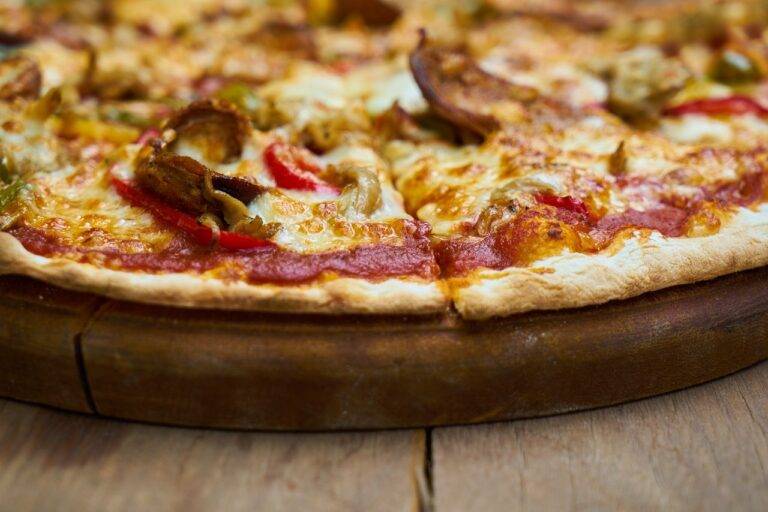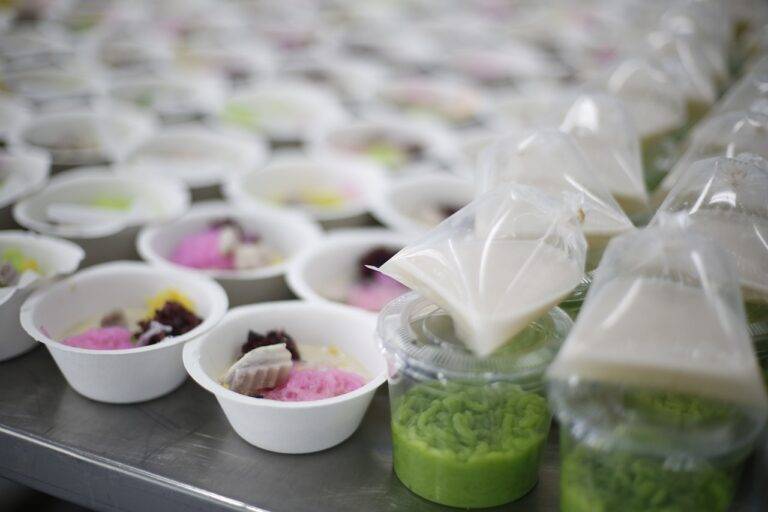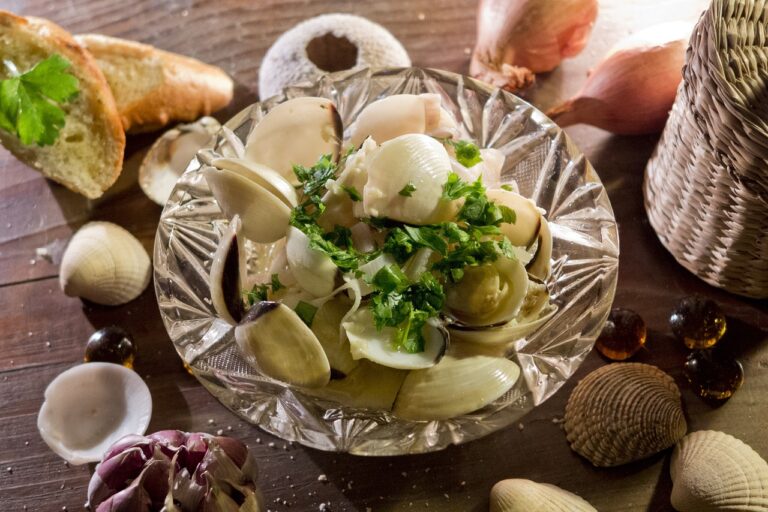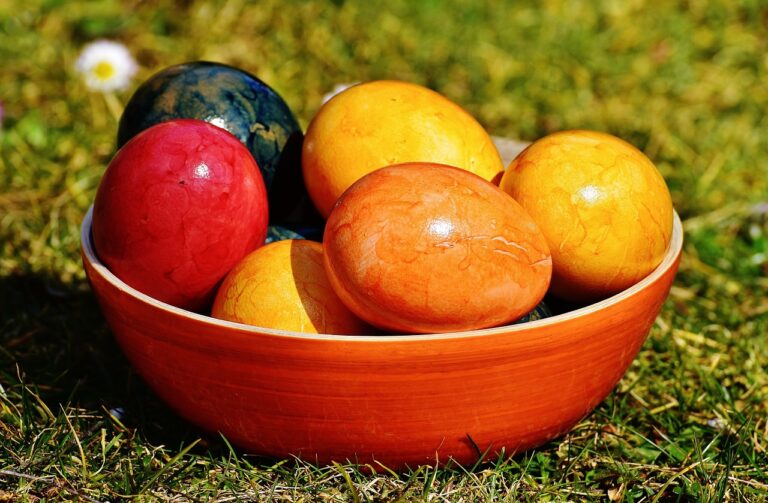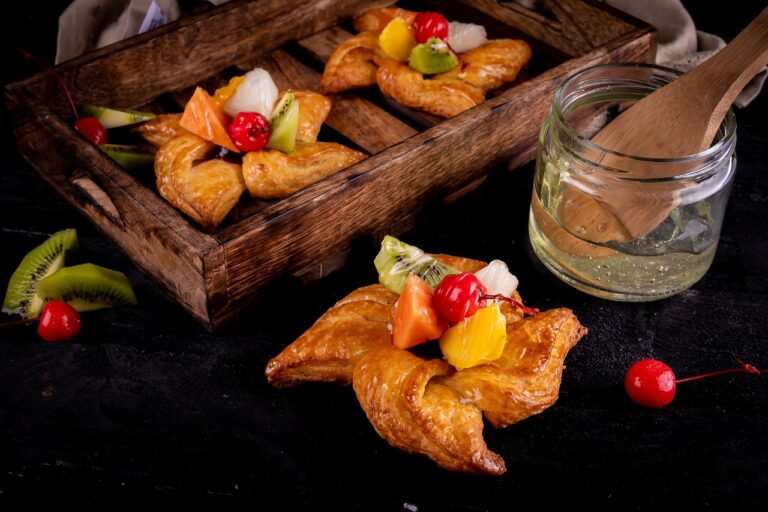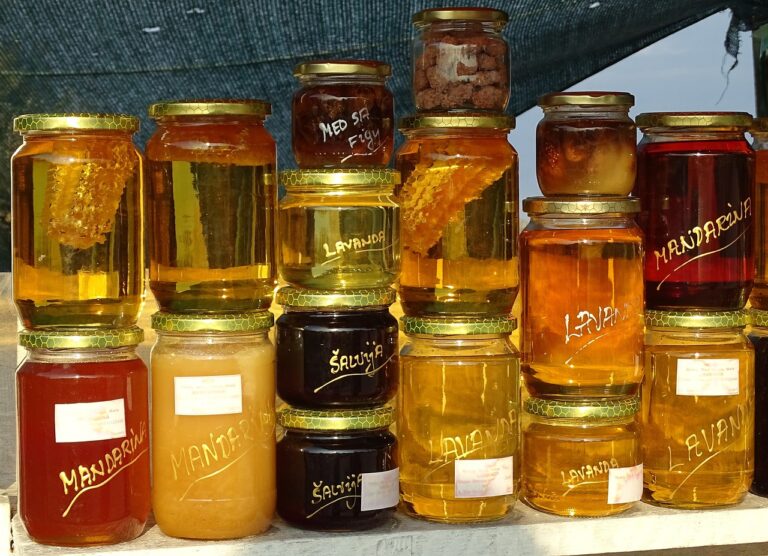The Future of Food: 3D Printing in the Culinary World.
In recent years, technological advancements have revolutionized various industries, and the culinary world is no exception. One of the most exciting developments in the culinary field is the emergence of 3D printing technology. While 3D printing has typically been associated with manufacturing and design, its application in the food industry is gaining traction, offering a glimpse into the future of food preparation and consumption.
What is 3D Printing?
3D printing, also known as additive manufacturing, is a process of creating three-dimensional objects by layering materials based on a digital model. This technology has been used in various sectors, such as aerospace, automotive, and healthcare, to produce complex and customized products. In the context of food, 3D printing involves using edible materials, such as chocolate, dough, or even meat, to create intricate and personalized dishes.
The Benefits of 3D Printing in the Culinary World
One of the key advantages of 3D printing in the culinary world is the ability to customize and create intricate designs that would be challenging to achieve through traditional cooking methods. Chefs and food enthusiasts can leverage 3D printing technology to experiment with shapes, textures, and flavors, pushing the boundaries of culinary creativity.
Furthermore, 3D printing allows for precise portion control, ensuring consistent serving sizes and minimizing food waste. By optimizing ingredient usage and reducing overproduction, 3D printing can contribute to sustainability efforts in the food industry.
Applications of 3D Printing in Food
The potential applications of 3D printing in food are vast and continue to expand as technology advances. Some notable uses of 3D printing in the culinary world include:
1. Personalized Nutrition
With 3D printing, individuals can create customized food products tailored to their specific dietary needs and preferences. Whether someone has dietary restrictions, allergies, or unique nutritional requirements, 3D printing offers a solution to create personalized meal options.
2. Artistic Food Design
Chefs and culinary artists can use 3D printing to showcase their creativity and enhance the visual appeal of their dishes. From intricate dessert decorations to avant-garde culinary creations, 3D printing enables chefs to explore new artistic possibilities in food design.
3. Food Preservation
3D printing technology can be used to produce food items with extended shelf life through controlled ingredient distribution and packaging. By optimizing the composition and structure of food products, 3D printing could enhance food preservation and reduce food waste.
Challenges and Limitations of 3D Printing in Food
While the potential of 3D printing in the culinary world is vast, there are still challenges and limitations that need to be addressed. Some of the key obstacles include:
1. Taste and Texture
One of the criticisms of 3D printed food is the lack of traditional cooking methods’ sensory experience. Some consumers may find 3D printed dishes lacking in texture or flavor compared to traditionally prepared meals. However, ongoing research aims to improve the taste and texture of 3D printed food products.
2. Cost and Accessibility
At present, 3D printing technology in food is relatively expensive and may not be accessible to all consumers or food establishments. As the technology evolves and becomes more widespread, the cost of 3D printed food products is expected to decrease, making them more accessible to a broader audience.
3. Regulatory Approval
3D printed food products are subject to regulatory approval and safety standards, similar to other food manufacturing processes. As 3D printing in food gains popularity, regulatory bodies will need to establish guidelines and protocols to ensure the safety and quality of 3D printed food items.
FAQs
Q: Is 3D printed food safe to consume?
A: 3D printed food is generally safe to consume, as long as the materials used are food-grade and the printing process adheres to food safety standards. However, consumers should be cautious when trying new 3D printed food products and verify the ingredients and production methods.
Q: Can 3D printing technology replace traditional cooking methods?
A: While 3D printing technology offers unique opportunities for culinary innovation, it is unlikely to completely replace traditional cooking methods. The artistry, tradition, and sensory experience of cooking and dining will continue to play a significant role in the culinary world.
Q: How sustainable is 3D printing in the food industry?
A: 3D printing has the potential to contribute to sustainability efforts in the food industry by reducing food waste through precise portion control and optimized ingredient usage. However, the environmental impact of 3D printing technology itself, such as energy consumption and waste generation, is still being studied and debated.
Overall, 3D printing in the culinary world represents a fascinating intersection of technology, creativity, and gastronomy. As this innovative technology continues to evolve, it will be exciting to see how chefs, food enthusiasts, and consumers embrace the opportunities and challenges that 3D printing brings to the table.


